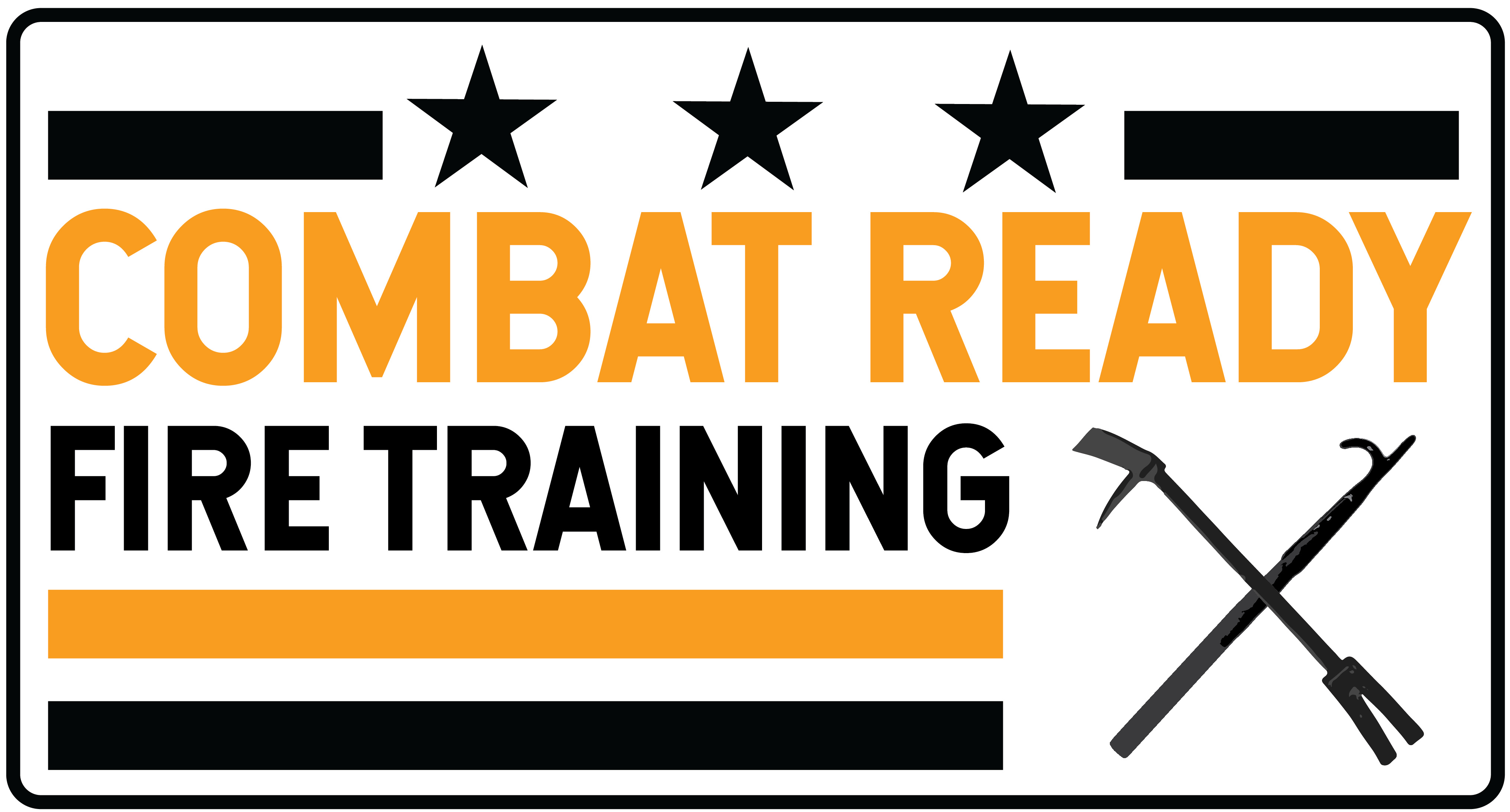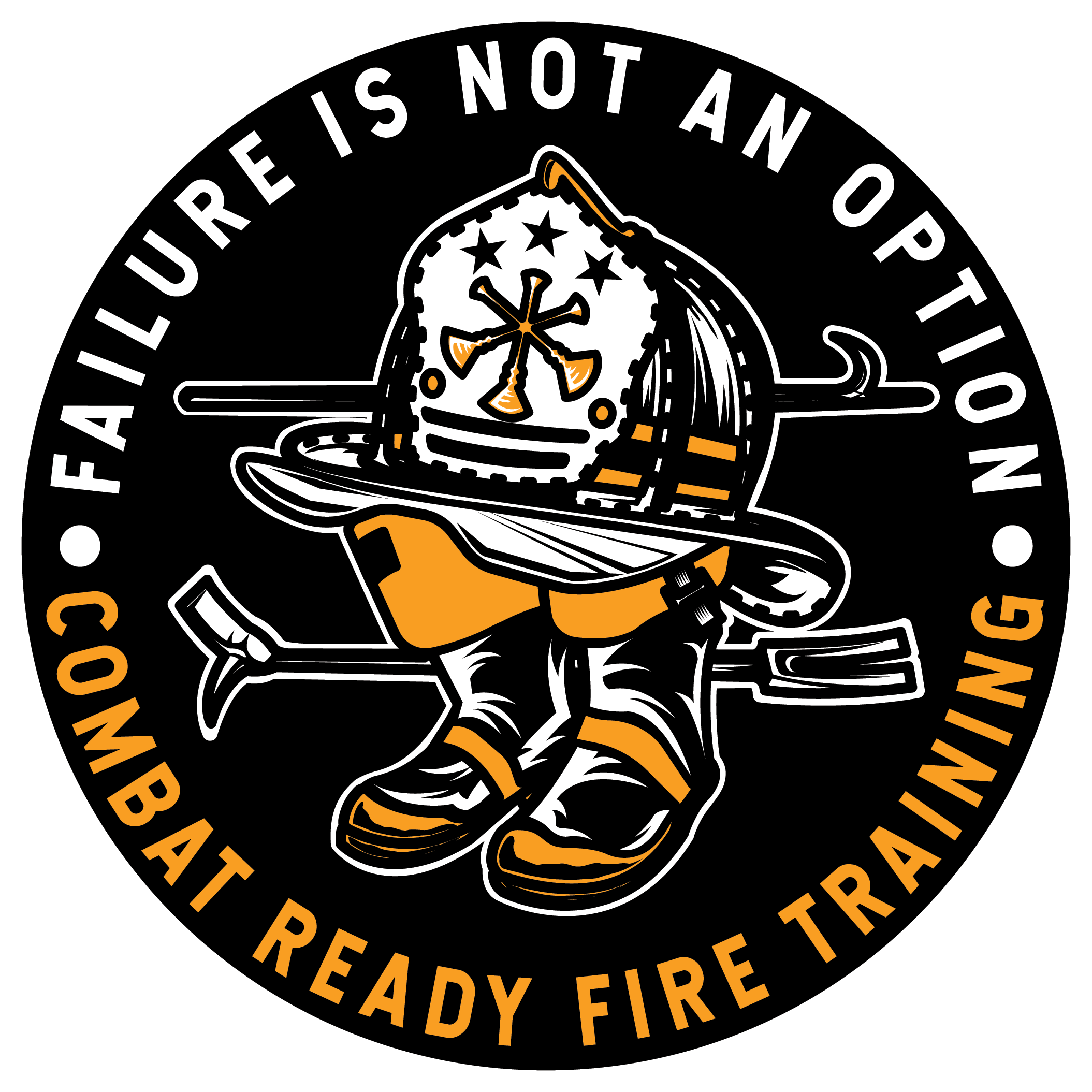
So you don't have big buildings, or you don't have a "ladder truck". Do you still need to do truck work? And can you? YES and YES. Truck work is not about the vehicle and good truck work must occur on EVERY fireground.

I have always had a passion for truck company work, and spent most of my time on the company on trucks & towers in the District of Columbia Fire Department and surrounding area. As I got involved more in teaching around my area, and then around the country, I began to see different types of fireground operations and hear firefighters sometimes tell me... "Well, we don't have a truck company - so we can't / don't do truck work".
There are two things here that I want to address.
-
Truck work is about FIREGROUND TASKS not a vehicle.
-
You may be able to put a fire out without doing any good truck work, the outcome just may not be nearly as good as it could've been with good truck work.
Truck Work is About Tasks

Separate in your mind the idea of "truck company operations" and "aerial/tower operations". These are related, but separate, topics.
Aerial / Tower Ladder operations involves the positioning and use of a ladder truck, tower ladder, snorkel, or whatever you may have. Where do we position it, what are its strengths and weaknesses, and how do we use the device (vehicle) itself to assist us in tasks like accessing the building, ventilation, rescue, or elevated master streams. We cover this extensively in our Aerial / Tower Ladder Operations program.
Truck Company Operations are about fireground tasks. The things that firefighters DO once they get off the apparatus. While the apparatus may be slightly involved, such as ascending the aerial ladder to make the roof, truck company operations are much more about the task and can and must be performed with or without a "ladder truck".
Separating the Fireground
If we look at the overall fireground, our job is to:
-
Stop the fire where we found it.
-
Search for and rescue trapped civilians.
-
Contain any extending fire.
These are the three main strategies of any fireground. There are many supporting tasks that we perform to make the above safer and successful - such as throwing ladders or establishing RIT. However establishing RIT in and of itself does not contribute to the above primary goals, other than supporting them. I hope that makes sense...
So when we look at these primary goals, the primary job of the Engine Company is and should be extinguishing the fire. They should have no other task that delays this. While they may stumble upon a victim while advancing the line (and what to do next is a big decision tree), the engine company that is assigned to fire attack has the primary job of getting water on the fire. And when they do so, everything else gets better for everyone else. We talk extensively about this in the Aggressive Firefighting Engine Company program.
So if the engine is handling the fire (and of course there may be more engines advancing lines with the same goal), then who gets the rest of the tasks? The truck company - or the companies assigned to act as truck companies.
Identifying Truck Company Jobs
When we look at truck company operations, there is work that needs to happen INSIDE the building, and work that needs to happen OUTSIDE the building.
For the Inside Truck Company -
-
They must force entry to get themselves and the engine in.
-
They may need to assist the engine in locating the seat of the fire.
-
They must search for and remove any trapped civilians.
-
They must open up walls, ceilings, and voids to locate extending fire.

For the Outside Truck Company -
-
They must perform ventilation in the right place and at the right time, utilizing the most appropriate method(s).
-
They may assist in the removal of victims, or may assist in conducting searches such as through VES.
-
They must address egress/access to the building through the placement of ladders and the removal of obstacles.
-
They perform support work such as placement of fans, utility control, lighting, etc.
Every Fire Department Has A Truck Company
I am fairly certain that, even if you don't have a ladder truck or a tower ladder, you still search for victims and force doors. I hope you still place ladders and perform tactical ventilation. These tasks CAN and MUST be conducted at all fires, everywhere, regardless of whether or not the right apparatus is at the fire.
In some areas, the building stock will require a "ladder truck" (or tower) to appropriately address some of these issues, particularly the outside truck functions. However in many areas, these tasks can be performed quite well by any firefighters assigned to the task.
In many areas I've worked in - rescue companies have operated pretty much like ladder companies (just without a hydraulic aerial device).
Truck work CAN also be performed off of an engine company! While in my department we do have dedicated ladder companies, we also have it in our play book to assign "truck work" to an engine if we had to - such as if no ladder company was available. Being able to say - "Command to Engine 5, I need you to act as the 2nd in ladder company" and having those members understand what that means and how to do it is the product of having a good PLAN that establishes company operations and good TRAINING that cross-trains members to be able to perform any essential task.
So whether you have a "ladder truck" or not - you CAN have a truck company and you NEED to be performing truck work. We cover the how-to's of this extensively in our hands-on Truck Work from the Engine program (contact us for more information).
Fires Without Truck Work
Some fires go out without doing any good truck work. Poor or no searches (or searches well after any viable victim would be dead), timid or no ventilation, no ladders... If you get a nozzle to the fire area, the fire may just go out without these things.
But...
You may leave behind victims that could have been otherwise saved.
You may have fire in the voids that extends after knock down and burns the place down.
You may have smoke conditions that create or limit our ability to finish extinguishment, allow for the fire to extend, and prevent us from finding and saving civilians.
Quite simply, any fireground is made better with good truck work - regardless of who performs it and what kind of fire truck they came in on. And many fires that had no or poor truck work and went poorly, would have gone MUCH BETTER had they had good truck work coordinated with the engine.
Amplify Your Truck Game ⬇️
We are happy to offer much more on both engine & truck work through our hands-on / in-person training classes. If you're department is interested in challenging and amplifying your engine and truck company operations, reach out to us to learn more about our programs.
If you can't get to or host an in-person class, consider some of our online programs. These are available for immediate access, either by individuals or departments.
We have recently released our updated Aggressive Truck Company - Inside Team and Outside Team programs, which are available individually or as a package with both courses.
Related to the above, you also may want to check out our First Alarm Strategy & Tactics program (where we talk a lot about "the plan" for the fireground) and our Aggressive Firefighting Engine Company program.



